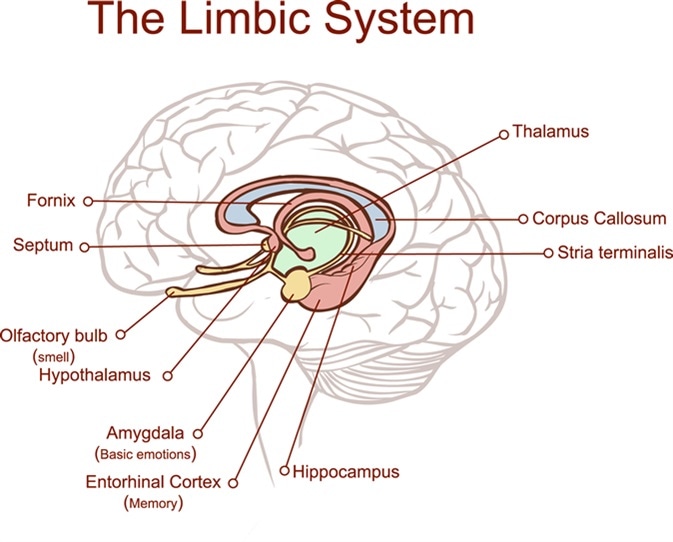
We also summarize the current state of knowledge on the impact of emotion on memory and map implications for educational settings.

This review highlights a basic evolutionary approach to emotion to understand the effects of emotion on learning and memory and the functional roles played by various brain regions and their mutual interactions in relation to emotional processing. We also review the nested hierarchies of circular emotional control and cognitive regulation (bottom-up and top-down influences) within the brain to achieve optimal integration of emotional and cognitive processing. Recent neuroimaging findings have indicated that the amygdala and prefrontal cortex cooperate with the medial temporal lobe in an integrated manner that affords (i) the amygdala modulating memory consolidation (ii) the prefrontal cortex mediating memory encoding and formation and (iii) the hippocampus for successful learning and LTM retention. However, the effects of emotion on learning and memory are not always univalent, as studies have reported that emotion either enhances or impairs learning and long-term memory (LTM) retention, depending on a range of factors. Emotion also facilitates encoding and helps retrieval of information efficiently. This attentional and executive control is intimately linked to learning processes, as intrinsically limited attentional capacities are better focused on relevant information. Emotion has a particularly strong influence on attention, especially modulating the selectivity of attention as well as motivating action and behavior. When a person is angry, the body releases stress hormones, such as adrenaline, noradrenaline, and cortisol.Emotion has a substantial influence on the cognitive processes in humans, including perception, attention, learning, memory, reasoning, and problem solving.

However, evidence for the anterior cingulate gyrus in cry production, and this structure along with the amygdala and some other forebrain areas in responding to cries is presented. The prevailing neural model for crying production considers forebrain structures to be dispensable. How can I control my hormonal anger? Once you find space in your mind to accept and address your anger, it may become easier to understand and live with this symptom. The neural system for emotions linked to approaching and engaging with the world – like happiness, pride and anger – lives in the left side of the brain, while emotions associated with avoidance – like disgust and fear – are housed in the right. What side of the brain controls your emotions? It's the part of the brain that's responsible for behavioral and emotional responses. What part of your brain controls emotions? The limbic system is a group of interconnected structures located deep within the brain.

Many studies on animals over the years have shown that the amygdala, a small, almond-shaped structure located deep inside the brain, is crucial for the fear response. What part of the brain controls lack of fear? This almond-shaped set of nuclei in the temporal lobe of the brain is dedicated to detecting the emotional salience of the stimuli – how much something stands out to us. The fear response starts in a region of the brain called the amygdala.


 0 kommentar(er)
0 kommentar(er)
